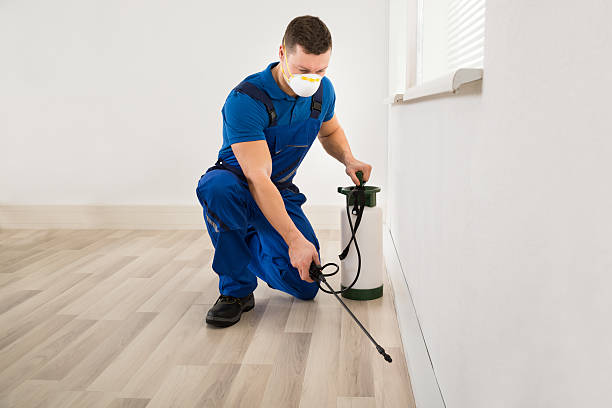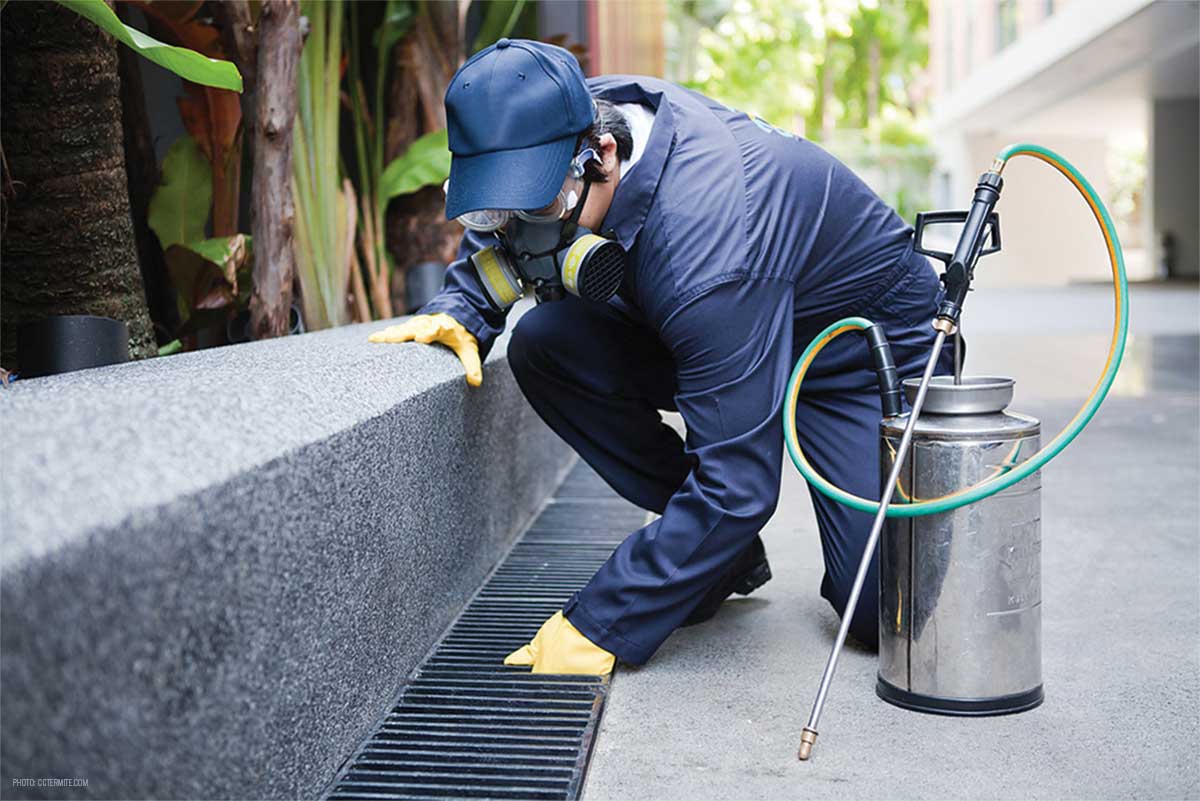Specialist Bed Bug Exterminator: Rest Easy Recognizing Your Home is Bug-Free!
Professional Parasite Control Techniques for Long-Term Results
Professional insect control techniques envelop a comprehensive strategy that starts with a comprehensive inspection and evaluation, followed by accurate bug recognition to recognize their actions patterns. The execution of Integrated Pest Management (IPM) principles, combined with eco-conscious treatments, creates the foundation of lasting parasite elimination.
Inspection and Analysis
Upon going into a property for parasite control services, the initial action is a detailed examination and assessment to identify the level of the problem and figure out the most effective therapy strategy. Expert bug control specialists are educated to meticulously analyze the facilities, trying to find indicators of pest activity such as droppings, nibble marks, nests, or any type of structural damage. They will likewise analyze the conditions that may be bring in pests, such as food sources, water leakages, or access factors.

Parasite Identification and Behavior

In addition, understanding the habits of the identified parasite is vital to carrying out efficient control steps. For instance, recognizing where parasites nest, what they feed on, and their task patterns can help pest control professionals develop techniques to eliminate them efficiently. Some bugs may be nighttime, while others are more energetic during the day. This expertise enables for the application of treatments at optimum times for maximum performance.
Integrated Parasite Monitoring (IPM)
Integrated Insect Management (IPM) strategies combine several methods to manage and avoid pest problems in a lasting and eco-friendly way. exterminator. By integrating approaches such as biological control, habitat manipulation, modification of social techniques, and the usage of resistant ranges, IPM intends to lessen making use of chemical pesticides
One of the crucial principles of IPM is the emphasis on prevention. This proactive strategy includes monitoring pest populaces consistently to identify any type of potential problems before they intensify. By identifying bug problems early, pest control steps can be applied swiftly and effectively.
Moreover, IPM promotes making use of non-toxic insect control approaches whenever feasible. This can include utilizing natural killers of the insects, presenting beneficial pests, or making use of scents to interfere with mating patterns. pest control contractors By lowering dependence on chemical pesticides, IPM not just safeguards the setting but also assists maintain an equilibrium in the community.
Environmentally-Friendly Therapies
Implementing eco-conscious strategies in bug control procedures can properly address invasions while prioritizing environmental sustainability. Environmentally-friendly treatments concentrate on minimizing the impact of pest control methods on environments, non-target organisms, and human wellness. These techniques typically involve using natural predators, such as ladybugs or nematodes, to control pest populations, minimizing the need for chemical interventions. Additionally, techniques like habitat manipulation, such as changing wetness levels or eliminating food resources, can help deter insects without making use of harmful materials.
Another key facet of environmentally-friendly treatments is making use of organic and naturally degradable items that break down rapidly without leaving hazardous deposits in the setting. Organic insecticides obtained from plants like chrysanthemums or neem supply reliable insect control while positioning very little threat to non-target types. Furthermore, employing methods like warm therapies or scent traps can target specific insects with precision, reducing the total ecological impact of parasite control methods.
Continuous Tracking and Upkeep
Normal assessments by trained specialists are necessary to recognize any kind of indications of parasite news task, examine the effectiveness of previous therapies, and make adjustments to the bug control plan as required. By keeping track of parasite populations over time, insect control professionals can track trends, expect possible concerns, and carry out preventative measures to minimize the risk of future problems.
In addition to monitoring, upkeep practices are important for long-term parasite control success. This includes implementing proper sanitation steps to remove prospective food and water resources for bugs, sealing Recommended Reading entrance indicate avoid insects from going into the facilities, and resolving any kind of structural concerns that can promote insect problems (exterminator). By incorporating ongoing tracking and maintenance into an incorporated bug administration approach, organizations can ensure a pest-free atmosphere and guard their residential or commercial property versus pricey damage and health and wellness threats
Final Thought
In verdict, making use of specialist pest control techniques such as thorough assessment and evaluation, precise bug recognition and understanding of their actions, integrated parasite administration strategies, environmentally-friendly treatments, and continuous monitoring and maintenance are necessary for achieving lasting lead to insect control. By executing these approaches, people can successfully take care of insect invasions and maintain a pest-free setting in a sustainable manner.